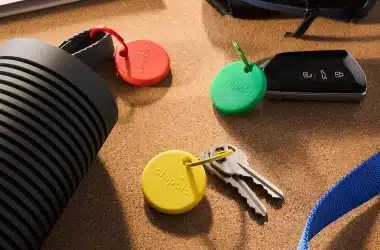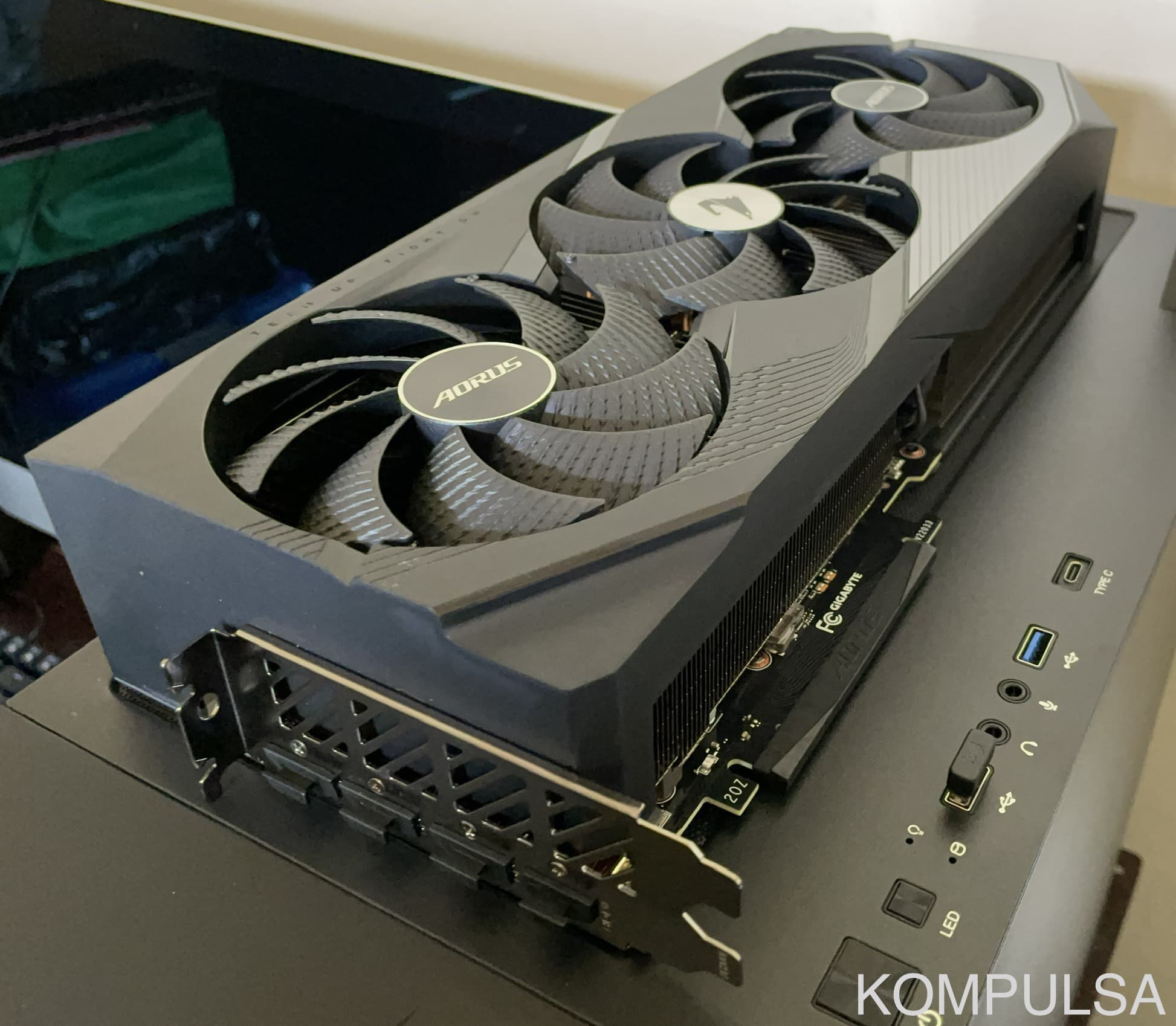If your Ubuntu boot menu vanishes after a Windows update, it can be recovered (this applies to Kubuntu as well). It isn’t necessarily that Ubuntu itself was deleted, but the grub EFI menu that Ubuntu uses may have been replaced.
Recover Grub Boot Menu Using Boot-Repair
You can boot into an Ubuntu live CD and install boot-repair to repair your Ubuntu bootloader.
BCDEdit (Manual Repair)
If your boot menu file (usually ‘grubx64.efi‘) is still there, then you can switch back to it.
The following commands carry the risk of rendering your computer unbootable. Please back up your files (and EFI partition) and proceed at your own risk.
The following commands are intended for Windows 8, 8.1, and Windows 10 if it is a 64 bit version of Ubuntu you are running, and they are only intended for UEFI machines.
bcdedit /set {bootmgr} path \EFI\ubuntu\grubx64.efi




